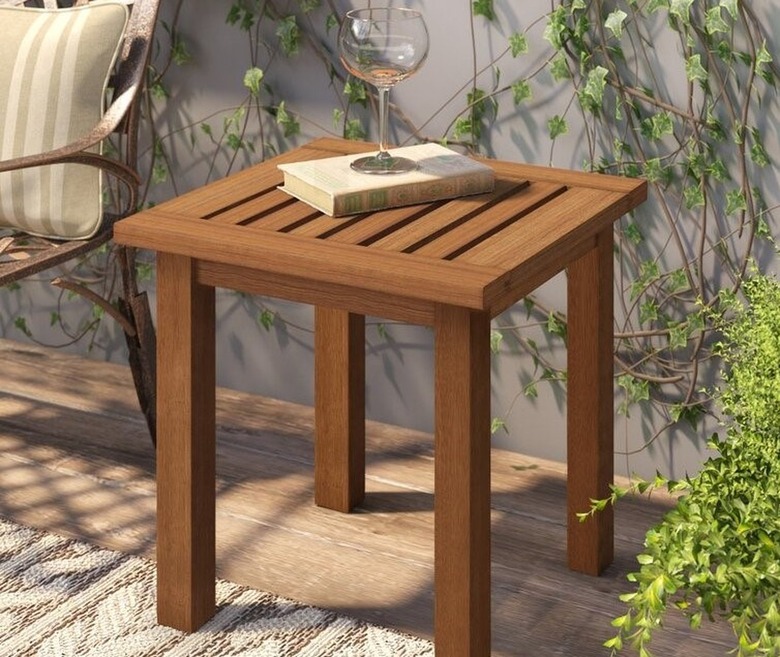What Is Meranti Wood?
We may receive a commission on purchases made from links.
Once upon a time, a wood known as Philippine mahogany was prized for its beauty, its durability, and its stellar performance in boat-building, particularly in the famed and coveted mid-20th-century Chris-Craft boats. That genuine mahogany wood species, however, is no more thanks to years of irresponsible harvesting of the sources. What is sold today as Philippine mahogany is not from the Philippines and is not really mahogany at all. It's meranti.
That meranti is sold as Philippine mahogany is all about marketing. Mahogany has long been the king of wood, and Philippine mahogany has tremendous name recognition. The general lack of awareness of the wood's unavailability allows the timber industry to trade on the name of a revered wood, keeping it alive by inaccurately applying it to the group of woods known as meranti wood.
What Is Meranti Wood — Really?
What Is Meranti Wood — Really?
Meranti is a hardwood. The trees whose wood is sold as Philippine mahogany grow primarily in Southeast Asia and belong to the Shorea genus of the plant family Dipterocarpaceae. The large trees, which sometimes grow as tall as 200 feet with 6-foot trunks, produce wood textures ranging from medium to coarse and show colors ranging from reddish-brown to brown to pale pink. The five main groupings of meranti trees are dark red meranti, light red meranti, yellow meranti, white meranti, and balau.
In addition to its use in wood boats and as marine-grade plywood, meranti is used as a veneer for cabinets, paneling, and hollow-core doors. As lumber, it is used for low-priced furniture, trims, moldings, and material for light framing.
Working With Meranti Wood
Working With Meranti Wood
Meranti wood is easy to cut and sand. Unlike genuine mahogany, however, which lends itself beautifully to intricate carving, meranti tends to chip, and fine detailing is thwarted by the wood's open grain. Meranti is not as hard as mahogany and exhibits brittleness that demands tailored approaches in machining, turning, and carving, but after its open grain has been filled, it finishes well and can take any type of stain. It also does well when painted, but you should make sure its open grain is filled first or coated with primer.
Meranti Pros and Cons
Meranti Pros and
Cons
Because meranti wood is unaffected by humidity or changes in temperature, its dimensions hold steady, and it does not warp, but on the downside, some meranti woods have a tendency to decay more easily than many woods and are not very insect resistant.
